As the sparrow finds a home and the swallow a nest to settle her young, my home is by your altars, LORD of hosts, my king and my God! (Psalm 84:4)
The most colorful ones are like flashes of natural radiance and personality that remind us in a certain way of the holy angels: speed, wings, delicacy, industriousness, and music exuding from them for no apparent reason other than to fill our dull world with grace and beauty.
On a retreat in New York one snowy winter I looked out the large window of the dining room and saw three full-grown cardinals in their ravishing red robes, pointy crests, and brilliant yellow beaks suddenly burst into the snow-covered area around the bird-feeder.
The shock of red and white, framed perfectly in the picture window, was like a mini stage upon which the actors strutted their beauty! Then, one of the New Yorkers in the group broke the silence when he quipped, “Cardinal Dolan, Cardinal O’Connor, and Cardinal Cooke are dining with us today!”
The room erupted in laughter – and, of course, the birds immediately flew the coop!
Perching and Singing Birds
Did you know that cardinals are close cousins to finches? Yep. They’re members of quite a large order of birds, the perching birds (Latin: Passeriformes or Passerines), which encompasses half of all bird species.
Breaking the diverse perching order down into “families” is where we find the resemblances between cardinals and finches and other close cousins like the canaries and sparrows. Let’s call them family traits. Here are just a few:
- Small to medium sized (usually under six inches);
- Spindly legs with three toes facing forward and one facing backward (for grabbing onto limbs and perching);
- Stubby, conical beak (perfect for cracking open all kinds of nuts and seeds, their main food);
- Colorful plumage (in some cases shockingly brilliant);
- Pleasant sing-song or chirping voices; and
- Stable (non-migratory) habitats.
A Diverse and Colorful Family
Regarding finches specifically, the proper name for their family is “Fringillidae”, the Latin term from which we somehow get the name finch. In all, there are over 230 species of finches, in addition to eighteen species that are extinct.
The American Goldfinch with its brilliant yellow plumage, black head, black-and-white striped wings is something of a celebrity in its own right: it’s the state bird of New Jersey, Washington, and Iowa.
But the diversity of this sprightly family is amazing, even if you just consider their unique names: bullfinches, euphonias, bramblings, buntings, tanagers, grosbeaks, crossbills, redpoles, linnets, serins, siskins, trumpeters, honeycreepers (Hawaiian) and even the pyrhhuloxia (a Greek name that means, roughly, “fiery-oblique-billed” bird!), among others.
And color?! You might have noticed the Gouldian Finch on the feature panel at the top of this article. That guy is clearly the king of the Finch family in terms of color! But finches come decked out in virtually every color of the rainbow: some in single sheaths of rich hues; others in brilliant patterns; yet others whose subtle blendings could put the greatest Impressionist artists to shame.
It’s as if, on the fifth day of creation when God made the birds, He couldn’t decide what color to paint the tiny species, so He emptied out His whole artist’s pallet on the finches (and some spilled on those amazing hummingbirds, too)!
I think the image the Divine Artist captures the essence of the finch experience: they are little works of natural art that flit in and out of our lives as gifts to behold and enjoy.
The Finch’s Christian Symbolism
These little beauties are not just nice garnishes of nature, though. They also have a lot to tell us about God’s sovereignty over the world.
When the Lord Jesus pointed out that the “birds of the air do not sow or reap” (Matthew 6:26), He was using the tiny creatures as a metaphor for God’s providential care. Later, He singled out the humble sparrow to speak to us about the worth of the human person in God’s eyes, did He not? (See Matthew 10:29.)
Given their beauty and celebrity, it’s not surprising that artists since the Renaissance have been fascinated by the finch family and have featured it in a number of famous paintings. Christian iconography enters into play here based on a rather imaginative tradition:
One pious legend, probably dating from medieval times, has it that the red feathers covering the goldfinch’s head were a gift from Christ. Finches easily move in and out of thorn bushes to get their food (nuts and berries). So the legend maintained that a goldfinch was present at Christ’s Way of the Cross and was alarmed when he saw Christ wearing a crown of thorns. The bird flew to Christ and tried to remove the thorns from His sacred head to alleviate His suffering.
It was not the Savior’s will to be free of His passion, so Christ rewarded the generous little bird by allowing a drop of His Precious Blood to fall upon the forehead of the finch and permanently dye its feathers red. Such a touching story!
The larger spiritual message was that the merits of Christ’s crucifixion extend to all of creation.
Four Famous Finches
Numerous artists since Renaissance times took up this finch fascination and ran with it. Back in the forties, ornithologist Herbert Friedmann studied the history of classical art and determined that there were 486 paintings that featured the goldfinch, some 254 in specifically Christian paintings.
Here are just four famous finches in works of art from the Spanish, Italian, and Dutch schools, three of which are explicitly religious. The painting by Carel Fabritius (a student of Rembrandt) was the subject of a novel entitled, The Goldfinch, by Donna Tartt and a film (2019) of the same name based on the book:
If you want a quick education in finch diversity, take a minute to check out the “All About Birds” website that not only has pictures of many of these beauties but also has short audio recordings of all their bird calls – their singing voices are as beautiful and diverse as their coloring!
———-
[This article is a reproduction of the Sacred Windows Email Newsletter of 07/11/21, so it does not end with the regular Soul Work section. Please visit our Newsletter Archives.]
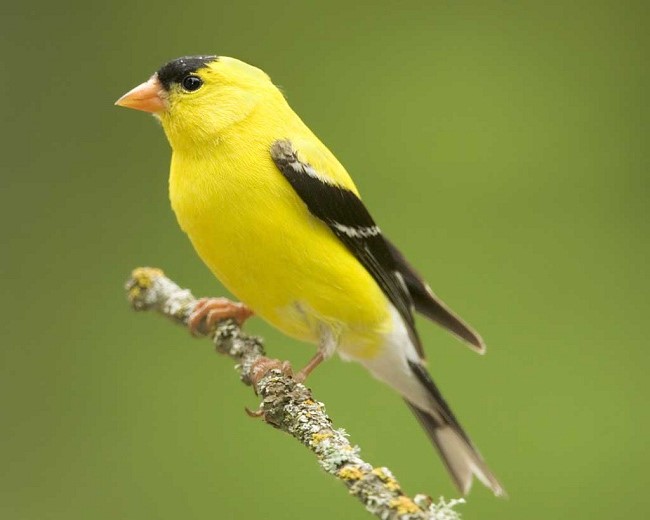
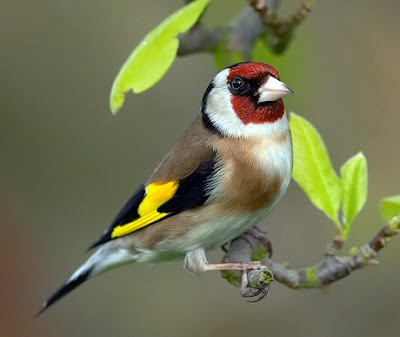
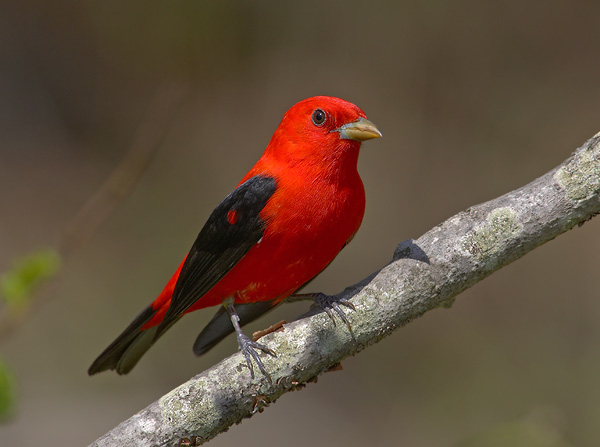
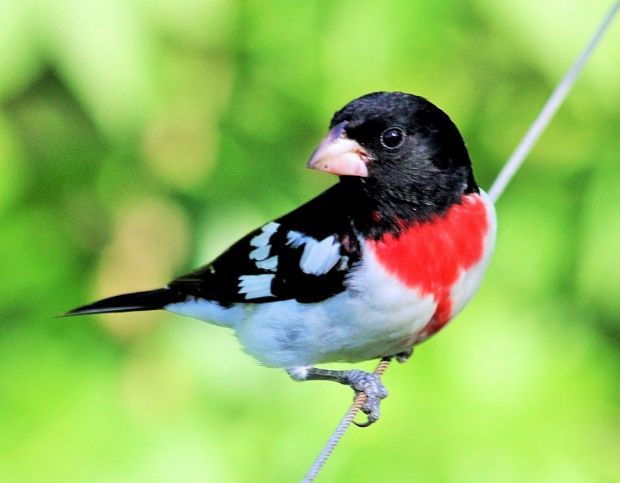
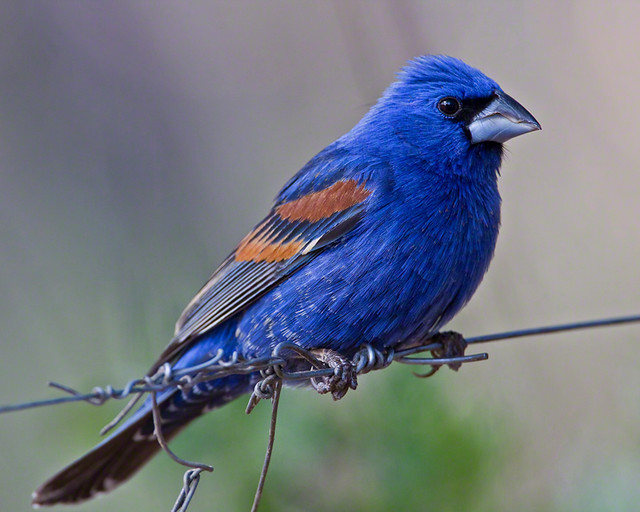
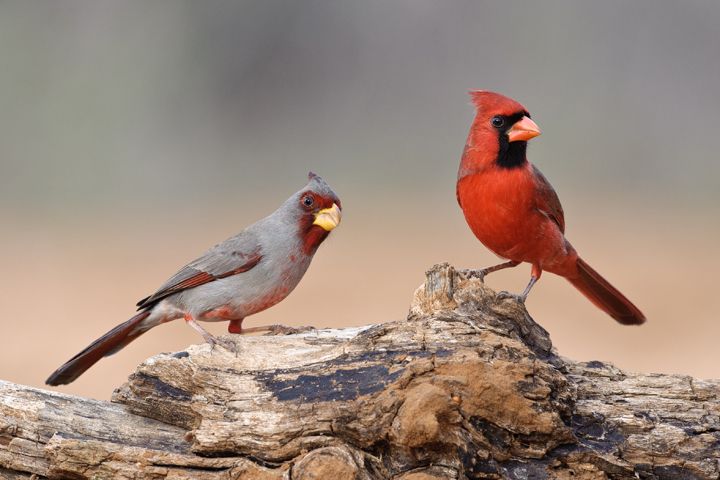
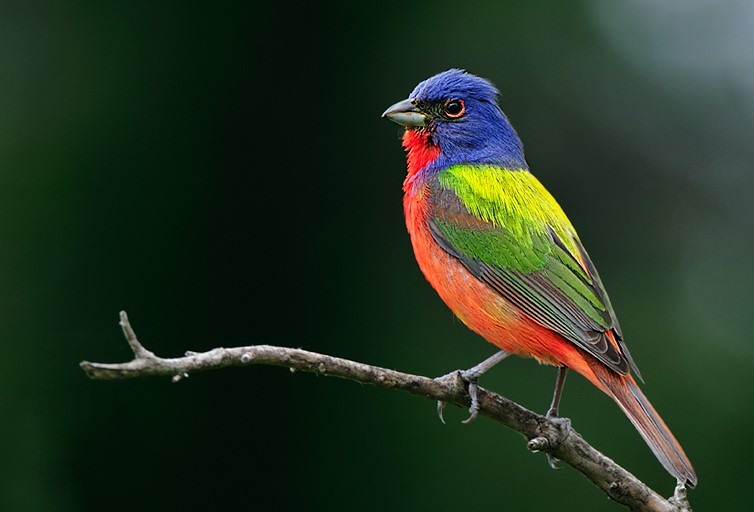

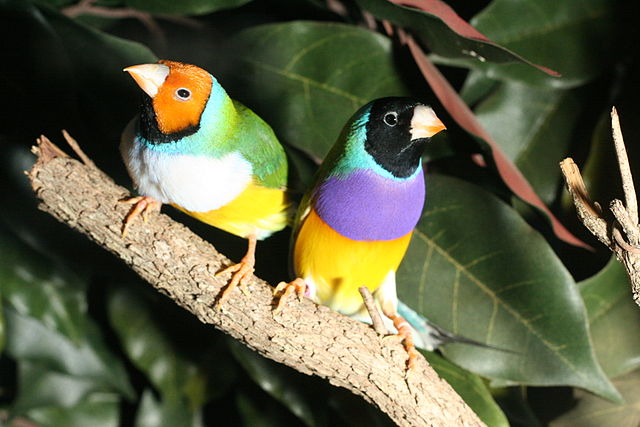
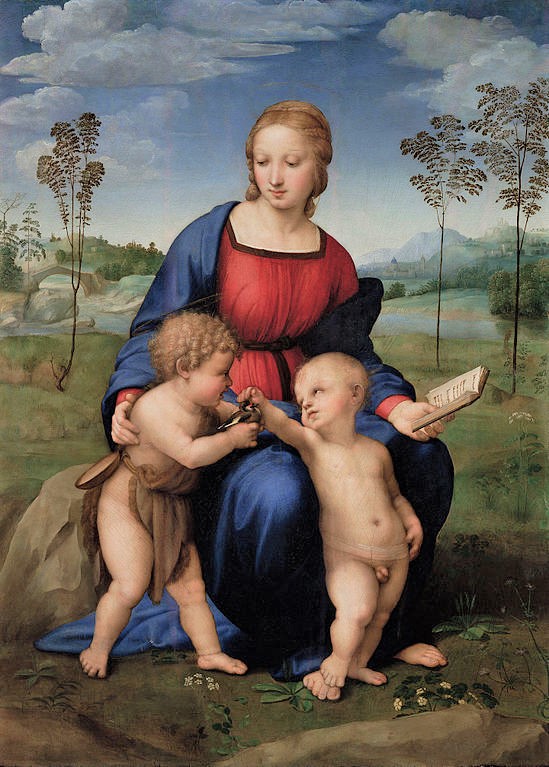
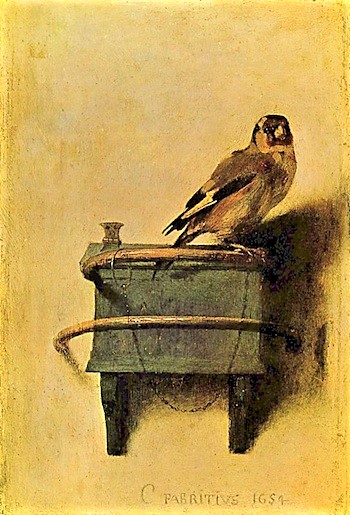
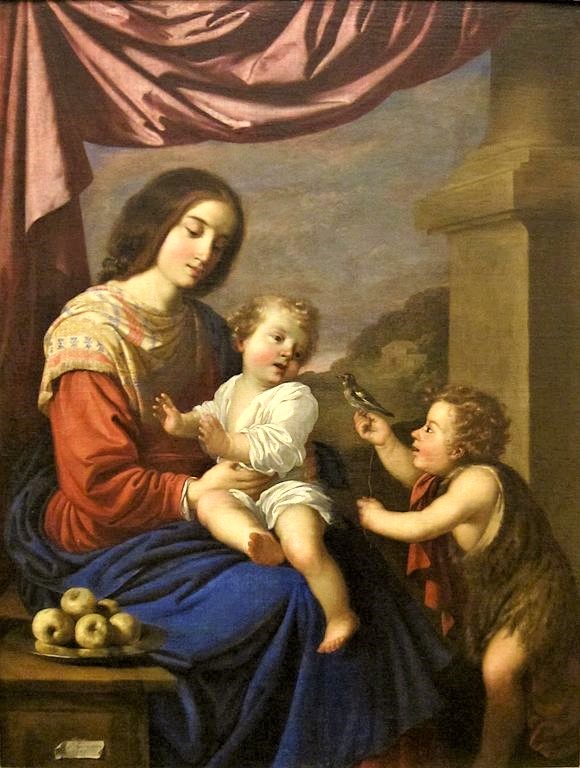
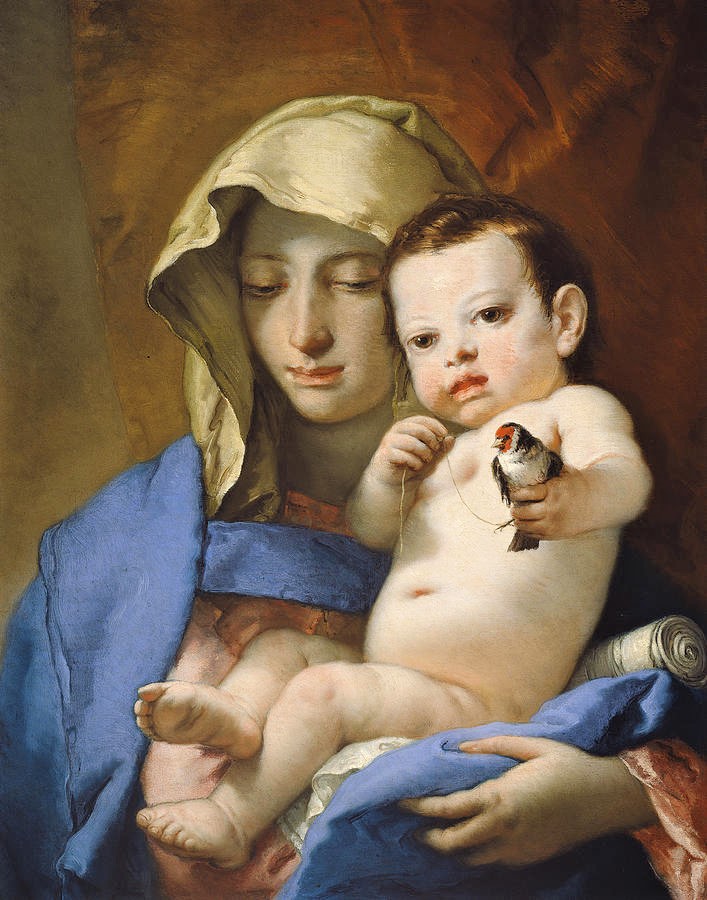

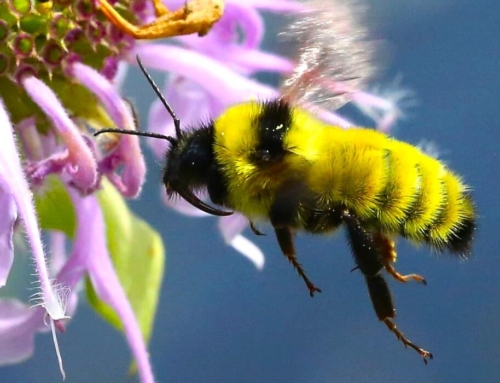

Leave A Comment